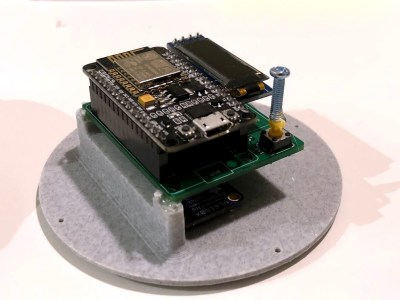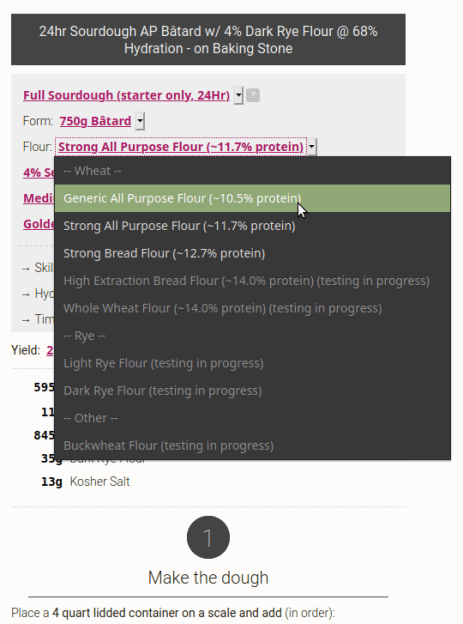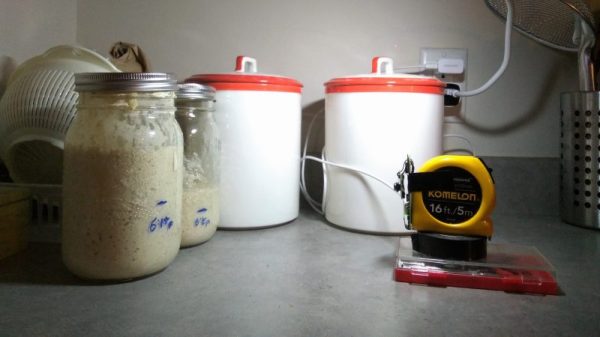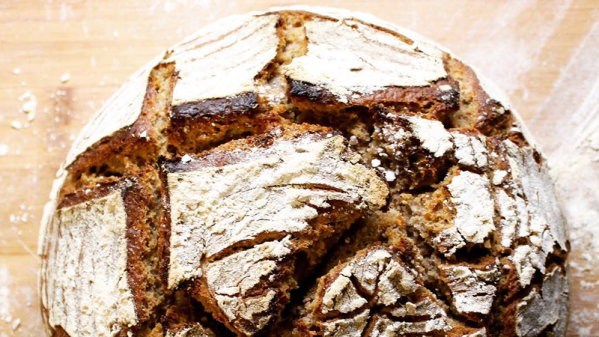While normally more comfortable with a soldering iron, [LucidScience] recently took a dive into woodworking and hardware store electronics to build a DIY proofing box. It’s a clever design that doubles as furniture, with some cool problem-solving along the way. While it might not be your typical hack, repurposing seedling heat mats and working with insulation makes it a neat project for anyone who likes to tinker. Plus, the whole thing cranks out two loaves of sourdough bread each week!
The setup includes an 8 watt heat mat, typically used for aquariums or seedlings, and a temperature control box, so no complicated wiring is needed. The entire box is insulated with rigid foam, which makes it energy efficient—once the foam was installed, the heat mat only needed to turn on about a quarter of the time. To give it a more polished look, [LucidScience] hid the raw plywood edges with oak trim, and even added an adjustable vent for moisture control. Pretty slick for something built from basic materials and a few tools!
While this proofing box isn’t a groundbreaking electronics project, it shows how even simple hardware can be repurposed for entirely new applications. The combination of woodworking and basic electronics makes it an approachable project for DIYers looking to stretch their skills. Whether you’re into hacking, woodworking, or just love good bread, this build has something for everyone. [LucidScience]’s clear instructions and simple materials make this a great weekend project that can upgrade your baking game.





















